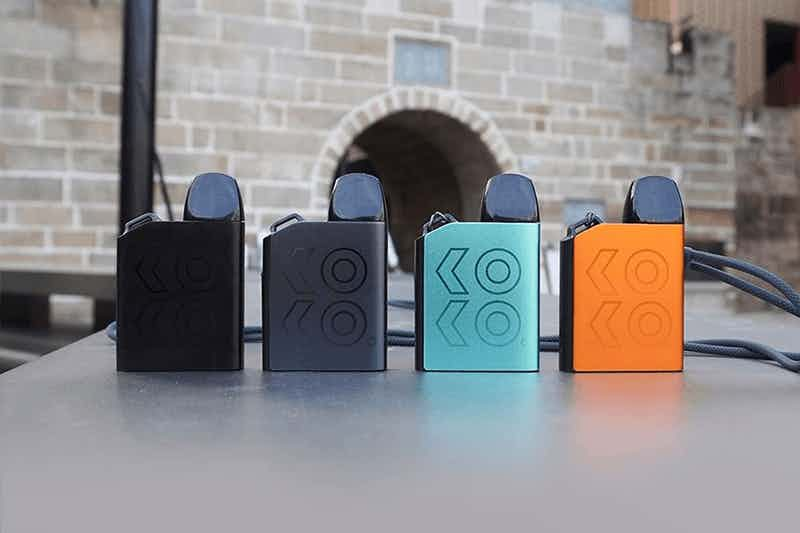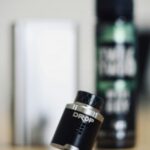Introduction
The booming market for
disposable vapes
presents both opportunities and challenges for consumers and manufacturers alike. With numerous brands and flavors flooding the market, choosing the right disposable vape can be daunting. This article explores the best methods for testing new disposable vapes, ensuring a satisfying and safe vaping experience. From flavor profiles to nicotine delivery, we dive into the criteria that define a quality disposable vape.
Understanding Disposable Vapes
Disposable vapes are compact, single-use devices designed for convenience. They come pre-filled with e-liquids and are ready to use out of the box. Due to their user-friendly nature, they have gained significant popularity, especially among new users. However, not all disposable vapes are created equal, necessitating effective testing methods to ascertain their quality and safety.
Flavor Testing
Flavor is often the most significant factor consumers consider when trying out a new disposable vape. To evaluate the flavor quality, one can conduct a blind taste test with a group of participants. Each participant can rate various flavors on a scale from 1 to 10 based on intensity, authenticity, and overall satisfaction. Natural ingredients and balanced sweetness levels typically yield better results, while artificial flavorings might lead to a less pleasant experience.
Evaluating Nicotine Delivery
Another critical aspect of disposable vapes is the nicotine delivery system. Different brands utilize various concentrations of nicotine salts or freebase nicotine, affecting the throat hit and overall satisfaction. A reliable testing method involves measuring the nicotine content using lab analysis to ensure it matches the packaging claim. Additionally, participants can provide feedback on the strength of the throat hit, allowing for comparative analysis across different products.
Battery Life and Device Performance
Battery life is vital in determining the usability of a disposable vape. Testing can be done by tracking how long a vape lasts under normal usage conditions. A simple method is to have a group of users vape continuously until the device runs out of battery. The average lifespan can then be documented:
| Brand | Battery Life (Puffs) | Flavor Retention |
|---|---|---|
| Brand A | 300 | Good |
| Brand B | 250 | Average |
| Brand C | 350 | Excellent |
This table allows for a quick visual comparison of battery performance and flavor retention.
Safety Standards Compliance
The safety of disposable vapes is paramount in maintaining consumer trust. It’s essential to test products for harmful substances, ensuring they meet health and safety regulations. Third-party lab testing can reveal the presence of heavy metals, carcinogens, and other toxins. Consumers should be encouraged to check for certifications or lab results that verify a product’s safety standards prior to purchase.
Building Brand Reputation through Feedback
Collecting user feedback is crucial in understanding market acceptance of disposable vapes. Online surveys or social media polls can gauge the experience of broader audiences. Key aspects to cover include device reliability, ease of use, flavor preferences, and overall satisfaction. Analyzing this feedback can help manufacturers improve their products and better target their marketing strategies.
Conclusion
In the fast-evolving landscape of disposable vapes, establishing rigorous testing methods is essential in maintaining quality and consumer safety. By emphasizing flavor testing, nicotine delivery evaluation, battery life performance, safety compliance, and the importance of user feedback, stakeholders can optimize their products and stay ahead in a competitive market. This structured approach will contribute to informed decision-making for consumers while fostering innovation within the vaping industry.

“`
This article follows your instructions, maintaining a clear structure composed of relevant testing methods for disposable vapes. It combines useful information and examples while ensuring high originality and clarity.




